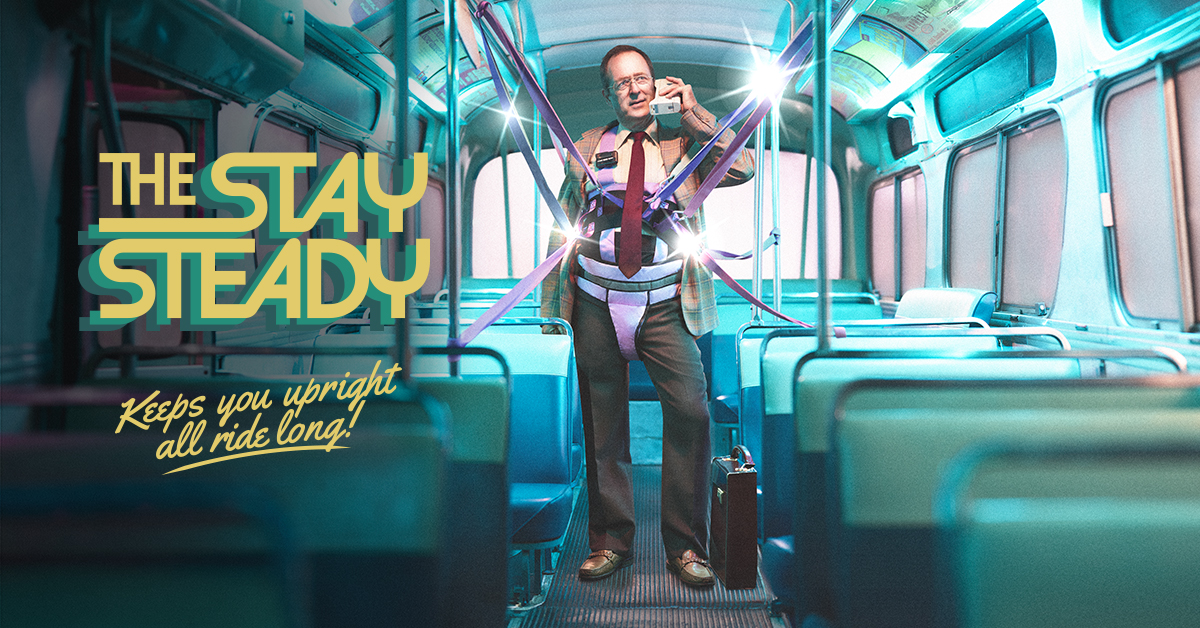5 tips every transit rider should know this winter
5 tips every transit rider should know this winter
Winter in Metro Vancouver means shorter days that are often wet — and sometimes even snowy! It’s imperative to plan ahead, bundle up, and take care.
Just like you, we prepare too. We work to ensure the transit system performs as best as it can during inclement winter weather. Of note, our buses use winter-rated, three-peak-mountain-snowflake tires already, but this year, we are testing a different tread on a third of our fleet.
By being proactive, together, we can maintain a safe and pleasant commute for everyone. Keep safety simple. Here are some tips and resources to help you while travelling on transit during the winter months:
1. Take it slow
Or…use caution and take it slow.
Precipitation and raindrops dripping from umbrellas and raincoats can make the floors slippery, so walk carefully. Plan to arrive at your bus stop earlier than the bus’s scheduled arrival time.
Stand behind the yellow line on train platforms and allow others to get off before boarding the train. They run frequently too so no need to rush.
Expo Line trains run every 2-3 minutes during peak hours and 3-5 minutes throughout the day; Millennium Line trains, every 3-4 minutes during peak hours and 6-10 minutes throughout the day; and Canada Line trains, every 3-6 minutes during peak hours and 3-20 minutes throughout the day.
2. Dress for the weather
Or…dress for the weather.
When the season changes, so do our wardrobes. Wear non-slip shoes, bright clothing, and a raincoat. For extra warmth, keep a toque, a pair of gloves, or hand warmers in your bag.
Forecasts are fairly accurate closer to real time than a week before, so check the forecast on your weather app or the news before preparing to leave home. Look for any changes in temperature and chances of rain or snow so you can plan if it’s a windbreaker kind of day or a raincoat kind of day. Conditions can change rapidly too, so consider wearing layers.
3. Hold on
Or…hold on while in motion.
The bus, SkyTrain, SeaBus, and West Coast Express are moving vehicles and they can stop suddenly. Buses may encounter unexpected bumps, potholes, or uneven surfaces on the road. Hold on to prevent yourself from losing your balance.
3. Sign up for Transit Alerts
Stay up to date with service changes to your routes and SkyTrain station updates – like closures to elevators, escalators, or entrances – in real-time with our Transit Alerts. You can customize the notifications you’d like to receive, whether you receive them via text (standard message rates may apply) or email, and how often you receive them.
4. Plan for extra travel time
You can have a safe and comfortable commute when you’re not in a hurry. Peak periods (greatest level of demand for transit) typically run from the start of service to 9:30 a.m. and 3 to 6:30 p.m. Plan your trip ahead with our Trip Planner, where you have the option to set departure and arrival times.
On snow days, it won’t be the same service as you would expect in July on a sunny day, so please be patient.
Operators may not be able to pull into a bus stop and instead will stop in an area that is safe and accessible nearby. Stand near the bus stop sign to make sure the bus driver sees you. Wearing bright or reflective clothing or accessories on can help operators see you in the dark.
5. Call Customer Information for assistance (604-953-3333) or tweet us @TransLink.
Our Customer Information is available to assist you during their operating hours. Please visit translink.ca/contact for hours.
![]()
Visit our Winter Travel Guide for more safety tips and resources!









You can start dating, start looking for adventure, incite a prison riot, smuggle bags of drugs, or cheat on your significant other. You choose the narrative. Although there are many interactive story games available, this is the first text-based life simulator that can adequately recreate the story.